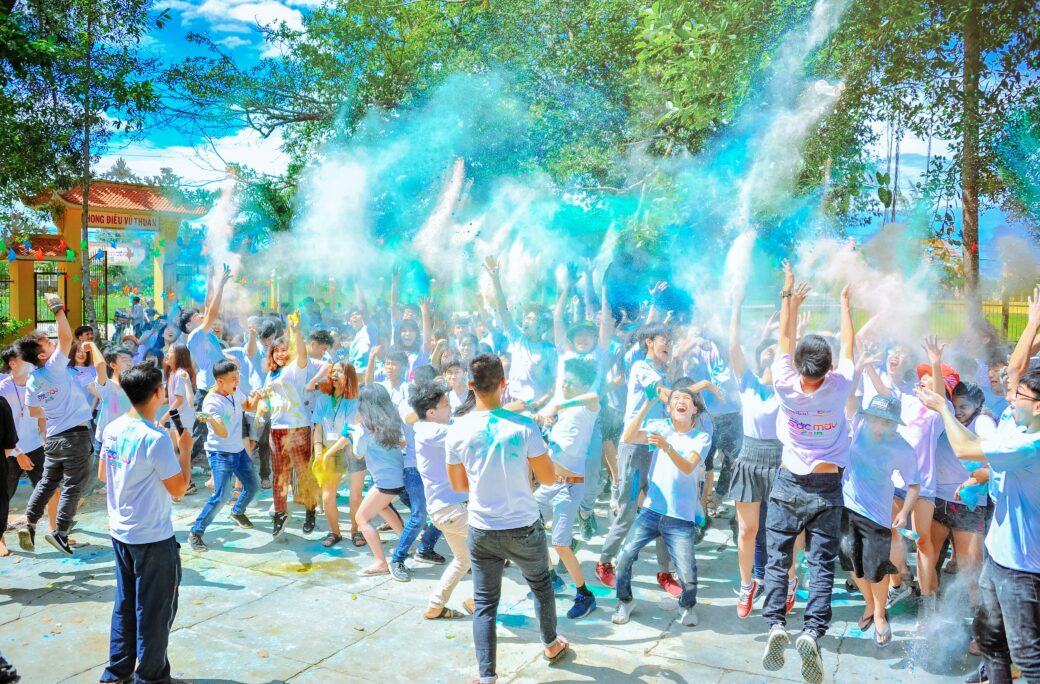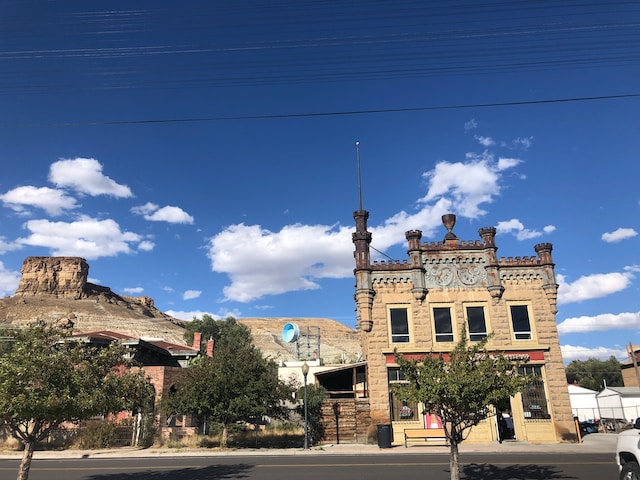Tourism in small towns is less popular than excursions to metropolitan areas, and for good reason.
In every country there are quite a few cities that deserve the attention of tourists. For example, small towns in the United States have a special flavour – Maples, Santa Barbara, Taos, Newport, Telluride.
Often people go on holiday to popular destinations, so a set of certain actions will help to promote the tourist destinations. Read the topical tips in this article.
1) A positive image on social media
SMM is a type of marketing, the use of social media to promote your brand and increase your target audience. Most users find out information about a product through social networks and messengers (Facebook, Instagram, Twitter, Pinterest); therefore, this opportunity should not be neglected.

Online theme groups are a valuable resource for enhancing brand reputation, retaining and attracting new audiences:
- landscapes and photo posts will encourage users to visit unique places;
- Storytelling (an interesting story) will “present” vivid emotions and a desire to follow the same paths as the author.
Marketing will also help to monitor trends and competitors, study customer needs, build communication with users and improve upon it. Another common technique is to run a promotional post on a social network. This will attract attention, encourage people to click on the advertisement and subscribe to the group to discover and visit the most beautiful places afterwards.
2) Organising events and festivals
Organisation of interesting events, town fairs, festivals will attract tourists. The first thing to do is to decide who the event will be for (age and category): young people, middle-aged or more mature people, external or internal tourists. It’s better to hold it for travellers and locals will come on their own. The best time is at the weekend, as more people will then be free.

Festival tours include musical and creative events introducing the national cultures of different nations, songs and dances, handicrafts and national cuisine and folk costumes.
If the budget allows, organise other events as well:
- offer guests a taste of the local cuisine;
- call up international stars to perform.
It is also worth inviting the press to cover the event in the media. The involvement of sponsors and funders will further draw public attention to the thematic festival.
3) Local products
Another important element for marketing is the distribution of souvenir products. Organisers often offer tourists popular local products, and for good reason. Often sales of products can offset the financial cost of organising a festival, fair or other event.
Another function is to present the country in a positive way and its history.
A final advantage is that souvenirs can play the role of “native” advertising, i.e. tourists give gifts to their acquaintances and loved ones, which helps to attract the tourist destination in their circle.
Moreover, souvenirs with a national flavour revive the culture of a particular locality or territory.
The most common tourist products are key rings, magnets, souvenir plates, calendars, badges, handicrafts, national costumes, jewellery, etc.
4) Infrastructure development
Tourism is a destination that requires a financial outlay and investment of other resources. Organisers should build complexes of facilities, businesses and networks, as not all travellers will enjoy being in an empty field.
Regardless of whether it is a city or a town, it is important to plan and build the necessary facilities in advance: museums, entertainment centres, restaurants, hotels, etc. If there is a beach nearby, make sure it is equipped with sun loungers, parasols, barbecues and attractions such as water slides, banana boat, catamaran etc.
The full, timely, quality satisfaction of tourists’ needs requires progressive technologies and efficient management of tourism infrastructure.
So, it is a set of measures for the convenience of guests: provision of transport, accommodation and meals for tourists, meeting their emotional, cultural, communication and other needs depending on the type of tourism and the product it offers.
5) Organising excursions
It is important to organise tours of local attractions. Tour guides or guides are people with specialised training who are able to interest the audience. Lectures about historical and cultural sites are held for cultural and educational purposes. The average duration of the event is about one hour (if it is a small site).
Classification of excursions by mode of travel:
- hiking trails;
- travelling by bus;
- boat and boat tours.
Recently, experts have started using an audio guide – a device for self-guided introduction to the museum’s exposition, exhibition, terrain, etc.
So, tourists should visit beautiful small towns in the USA and other states to appreciate the local flavour, as they are very well equipped.

